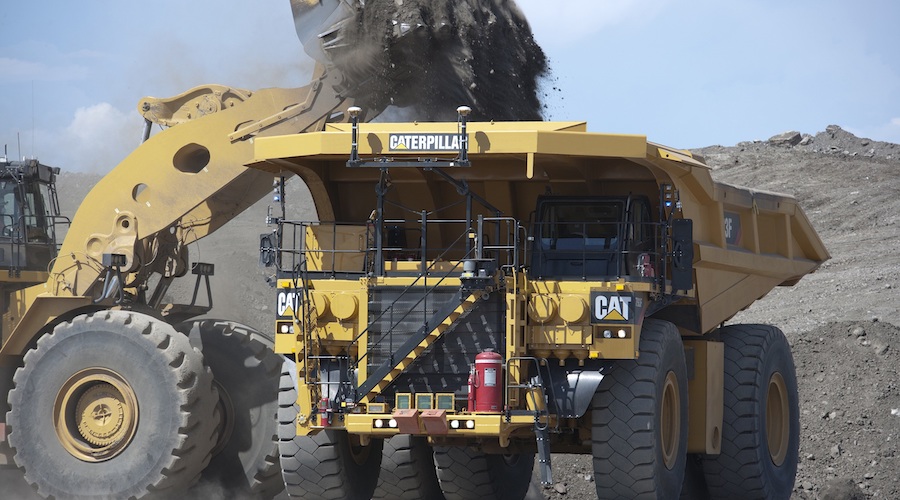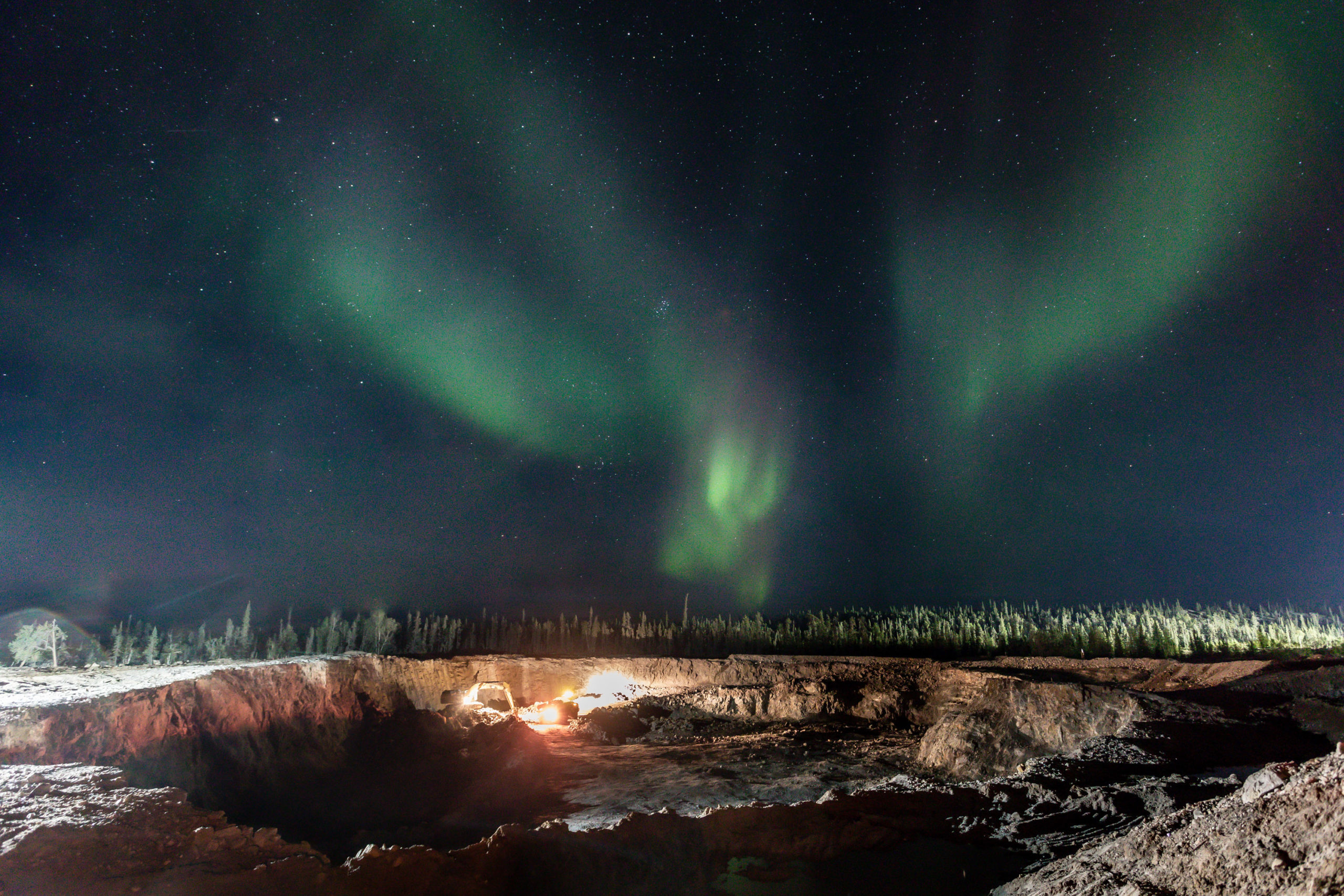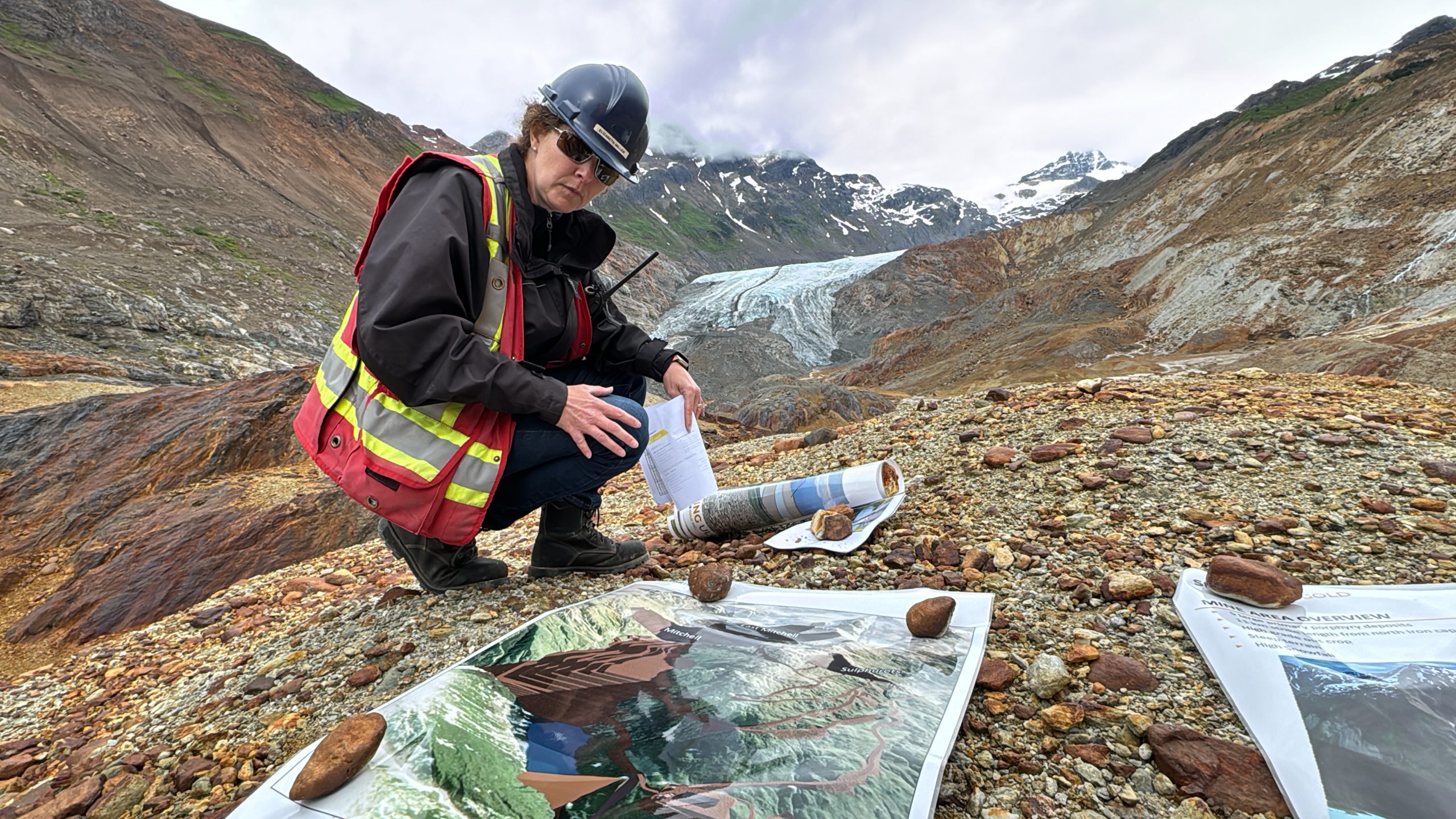“The collaboration will help shape the processes, technology and infrastructure that will be required to support zero-emissions machines and the mine sites of the future,” the firms said in a media statement.
According to BHP and Caterpillar, another critical element of the collaboration will be to provide frontline operator and maintainer input into the Caterpillar design process, to support the development of machines that can be operated and serviced by a broader range of the workforce.
“The opportunity for our teams to input into the design process also gives us confidence that the trucks will be safer and easier to operate for a workforce that’s more diverse than ever,” BHP’s chief commercial officer, Vandita Pant, said in the press brief. “We know that partnering with others will help accelerate the transition to a low carbon future.”
When releasing its Climate Change Report 2020, BHP announced that it plans to lower greenhouse gas emissions from its own operations by almost a third by 2030, with the final goal of achieving net-zero operational GHG emissions by 2050.
The document states that the path to achieving such a goal entails driving innovation and making investments in climate change action while making it profitable.
With an annual carbon footprint higher than that of its home country Australia, BHP has also promised to help customers curb pollution caused by the use of its products like coal and iron ore. However, it has faced criticism for not setting targets for absolute cuts to emissions in its supply chain.
In Bloomberg’s view, global plans to limit temperatures rising 1.5 degrees Celsius would significantly boost demand for copper and nickel, needed for renewable energy and electric vehicles, as well as potash – three prospective growth areas for the miner.
BHP itself has also said that a low-carbon scenario would support requirements for higher-quality raw materials for steel-making.




